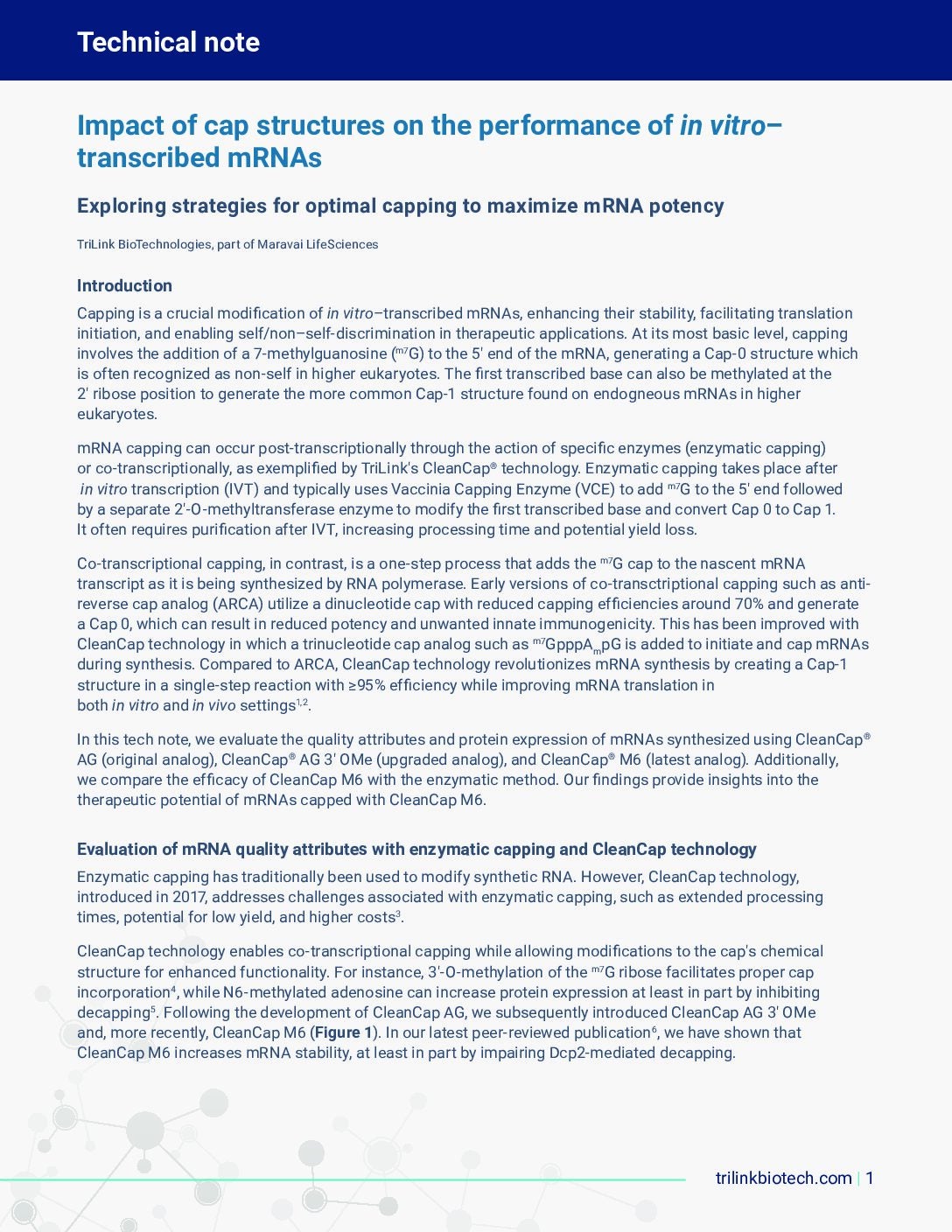

The US Food and Drug Administration (FDA) has granted rare paediatric disease and orphan drug designations for IN013, Innorna’s mRNA therapeutic for Wilson’s disease.
China-headquartered Innorna will now be in line for tax credits for US-based clinical trials. If IN013 is approved, the potential for seven years of market exclusivity in the designated indication, in accordance with orphan drug status benefits.
The rare paediatric disease designation, meanwhile, given to biotechs developing treatments for diseases that affect fewer than 200,000 US paediatric patients, could mean Innorna receives a priority review voucher (PRV) if the therapy is approved.
This voucher would allow the company to fast-track a future candidate of its choice through FDA review, meaning it will reach the market four months sooner if approved. Innorna could also sell the voucher for a quicker cash injection – vouchers have typically been sold for around $100m over the past few years.
Wilson’s disease is a rare inherited disease that causes copper levels to build up in the body’s organs, including the liver and brain. The disease is caused by mutations in the ATP7B gene, which normally encodes for the protein responsible for eliminating excess copper. Symptoms of the illness include hepatic and neurological damage, ocular abnormalities, and kidney injury, among others. It is estimated that one in every 30,000 individuals is affected by the disease, with isolated populations at higher risk due to consanguineous marriages.
The current standard of care is the administration of copper chelating agents – compounds that bind to copper ions to reduce toxicity and facilitate the removal. In 2022, the FDA greenlit the first new treatment for Wilson’s disease in 30 years, Orphalan’s Cuvrior (trientine tetrahydrochloride). Comprising a copper chelating agent, Cuvrior is for patients who are de-coppered and able to take D-penicillamine, another drug approved for the disease.

US Tariffs are shifting - will you react or anticipate?
Don’t let policy changes catch you off guard. Stay proactive with real-time data and expert analysis.
By GlobalDataInnorna states that current treatments offer limited efficacy and carry risks, such as hepatorenal toxicity or exacerbated neurological symptoms. Some Wilson’s disease patients taking penicillamine have experienced nervous system deterioration.
Unlike current approaches that regulate copper levels downstream, Innorna’s IN013 enables the production of the ATP7B protein. The biotech states its asset, developed on an mRNA lipid nanoparticle platform, can restore functional protein levels to reduce systemic copper build-up.
Other companies are also developing new treatments for Wilson’s disease. Vivet Therapeutics and Pfizer are developing a gene therapy called VTX-801, currently in a Phase I/II trial (NCT04537377). The candidate acts by inserting a fully functional version of ATP7B into the body.
The FDA designations for Innorna come at a time of regulatory spotlight on rare disease pipelines, amid agency job cuts by US President Donald Trump and programme expirations. The PRV programme for paediatric rare diseases, for example, entered its ‘sunsetting’ phase in December 2024 after US Congress failed to reauthorise it. Experts have said the programme’s expiration, along with reduced FDA capacity, could slow down rare disease development.
mRNA vaccine coverage on Pharmaceutical Technology is supported by Trilink.
Editorial content is independently produced and follows the highest standards of journalistic integrity. Topic sponsors are not involved in the creation of editorial content.



